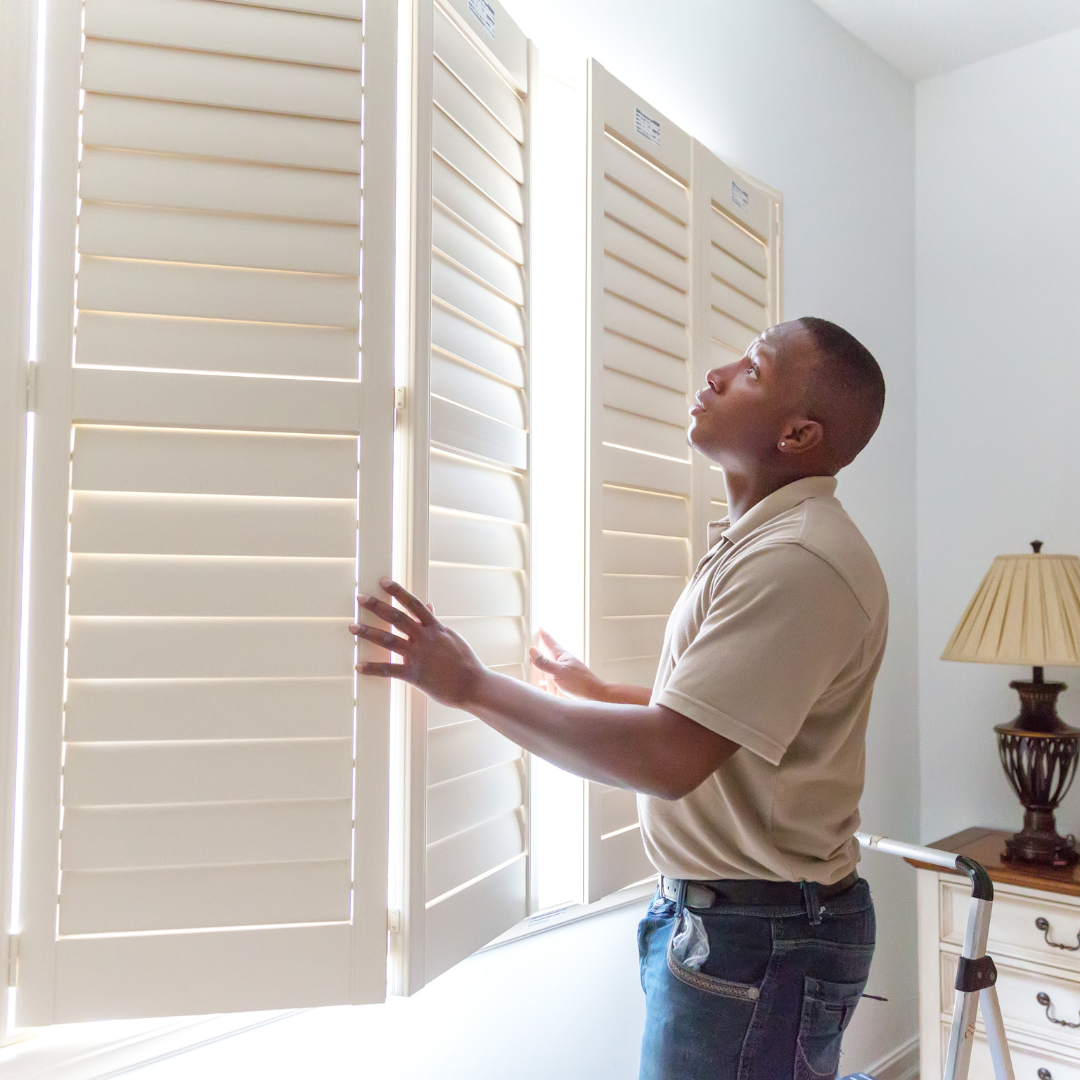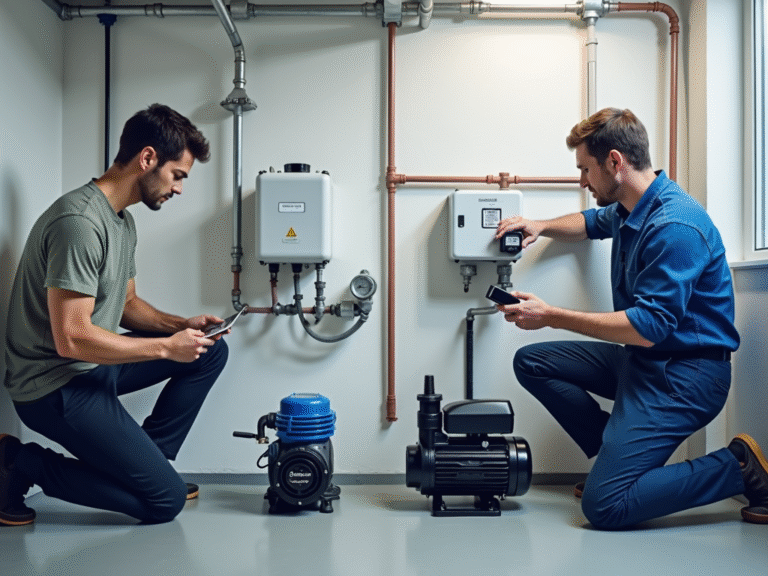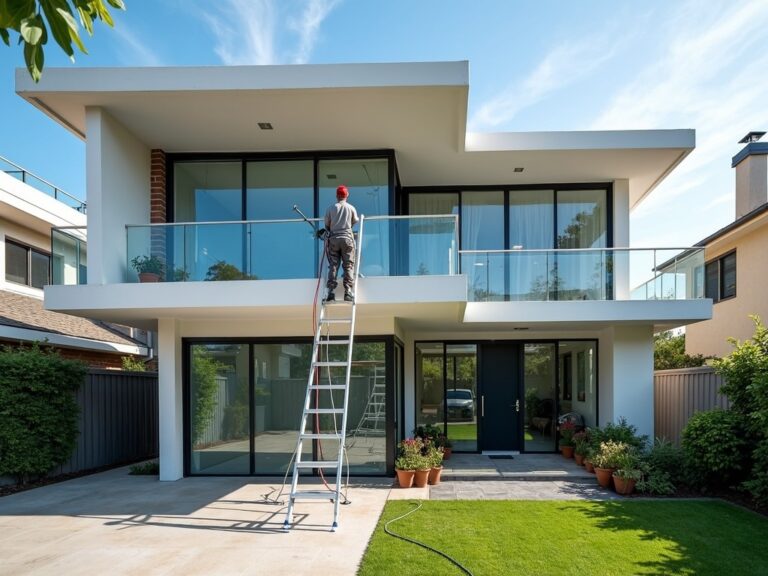Donec efficitur, ligula ut lacinia
viverra, lorem lacus.

Top Factors to Consider When Selecting Window Shutters for Different Room Types
Selecting the perfect window shutters for your home can be a transformative experience. These elegant window coverings not only enhance your room’s aesthetics but also provide privacy, control over natural light, and insulation.
However, before installing the window shutters in your home, there are several adjustments and changes you can make to enhance your room’s overall appearance. For instance, you can consider renovating your old cabinets to match the style of the shutters. Or, you might just want to change your outdated cabinet doors, perhaps through companies like Lovech, to better complement the new window coverings. Additionally, refreshing the walls with a new color scheme can help create a cohesive style with the shutters you choose.
Once you have completed your room renovations and made all the necessary changes, you can begin the process of selecting the perfect window shutters. In this blog post, we will explore the top factors to consider when selecting window shutters for different room types. Whether you’re revamping your bedroom, living room, kitchen, or bathroom, we’ve got you covered.
-
Room Functionality
Before delving into the world of window shutters, it’s crucial to consider the functionality of the room you are decorating. Different rooms serve various purposes, and your choice of shutters should align with these functions.
– Bedroom: Bedrooms are all about comfort and privacy. Opt for shutters that can completely block out light and offer maximum privacy, such as solid panel shutters or blackout shutters. They’ll help you create a peaceful and restful environment.
– Living Room: In the living room, you may want a balance between natural light and privacy. Plantation shutters with adjustable louvers are an excellent choice as they allow you to control the amount of sunlight entering the room.
– Bathroom: When planning your bathroom design Essex by Manor Design, or through a similar firm in a different location, it’s important to select shutters that not only fit the aesthetic but also can withstand the high humidity levels typical in bathrooms. Choosing moisture-resistant materials such as PVC or aluminum for your shutters is a smart decision, as they can endure moisture exposure without warping or sustaining damage.
– Kitchen: Kitchens require shutters that are easy to clean and moisture-resistant. Vinyl or PVC shutters are suitable for kitchens as they can withstand the occasional splatter and are effortless to maintain.
-
Aesthetic Appeal
So, which material should you choose for shutters? Well, aesthetics plays a role here. The aesthetics of your window shutters can greatly impact the overall look and feel of the room. Your choice should harmonize with the room’s decor and style.
– Traditional Rooms: For rooms with a classic or traditional design, wooden shutters are an excellent choice. They exude timeless elegance and can be stained or painted to match your interior color scheme.
– Modern Rooms: In modern or minimalist spaces with tray ceilings — learn what is a tray ceiling on the Web — and marble floors, opt for sleek and simple designs. Aluminum or composite shutters with clean lines and neutral colors can complement contemporary decor seamlessly.
– Rustic Rooms: If you have a rustic or cottage-style room, consider wooden shutters with a distressed finish. They add warmth and character to the space.
– Eclectic Rooms: White plantation shutters are a versatile choice for rooms with an eclectic mix of styles and colors. They offer a clean canvas that can easily complement various design elements. However, balancing different patterns and styles can be challenging, so it’s a good idea to consult with an interior designer bay area or elsewhere, especially during the planning phase. This ensures smooth incorporation of diverse design elements into your space.
-
Privacy Requirements
Privacy is a fundamental consideration when choosing window shutters. The level of privacy you need can vary from room to room.
– High Privacy: Bedrooms and bathrooms typically require a higher level of privacy. Solid panel shutters or blackout shutters are perfect for these spaces, as they completely block out prying eyes.
– Medium Privacy: Living rooms and dining areas often need a balance between natural light and privacy. Plantation shutters with adjustable louvers allow you to customize the level of privacy according to your needs.
– Low Privacy: In rooms where privacy is less of a concern, like kitchens and home offices, you can opt for shutters with larger gaps between slats, such as café-style shutters. These provide a sense of privacy while still allowing some outside visibility.
-
Light Control
Controlling natural light is another crucial factor when selecting window shutters. Different rooms have varying requirements for light control.
– Bedroom: Bedrooms benefit from shutters that can block out light effectively. Solid panel or blackout shutters are perfect for achieving complete darkness for a good night’s sleep.
– Living Room: In the living room, you may want the flexibility to adjust the amount of sunlight. Plantation shutters with adjustable louvers give you the ability to control the angle of the slats and thus the amount of light that enters the room.
– Kitchen: Kitchens benefit from ample natural light during the day. Consider shutters with wider slats or café-style shutters that allow sunlight to filter in while maintaining privacy.
– Bathroom: Bathrooms can benefit from both privacy and natural light. Choose shutters with adjustable louvers to control the level of light and privacy.
-
Durability and Maintenance
Different rooms have varying levels of wear and tear, so it’s essential to choose window shutters that can withstand the room’s specific conditions.
– High Traffic Areas: Rooms with high foot traffic, such as the living room or kitchen, require durable shutters that can withstand daily use. Vinyl, PVC, or aluminum shutters are low-maintenance and can handle wear and tear.
– Moisture-Prone Areas: For rooms with high humidity levels, like the bathroom, moisture-resistant shutters are a must. PVC and aluminum shutters are excellent choices as they are resistant to warping and damage from moisture.
– Low Traffic Areas: In less frequently used spaces like guest rooms or formal dining rooms, you can opt for shutters with more delicate materials, such as wooden shutters. Just be sure to provide adequate care and maintenance.
-
Energy Efficiency
Energy efficiency is becoming increasingly important in home design. Window shutters can contribute to your home’s insulation and energy-saving capabilities.
– Bedroom: To enhance energy efficiency in the bedroom, consider solid panel shutters. They provide excellent insulation, keeping the room warm in the winter and cool in the summer.
– Living Room: Plantation shutters with adjustable louvers can help regulate the room’s temperature by allowing you to control the amount of sunlight and airflow.
– Kitchen: For energy efficiency in the kitchen, choose shutters that provide adequate insulation while also being easy to clean, such as vinyl or PVC shutters.
– Bathroom: Moisture-resistant shutters can also help with energy efficiency in the bathroom by preventing drafts and maintaining a comfortable temperature.
-
Budget Considerations
Your budget will inevitably influence your choice of window shutters. It’s essential to find a balance between quality and affordability.
– High-End Options: If you’re willing to invest in premium shutters, wooden shutters or custom-made options may be suitable for your living room or master bedroom.
– Mid-Range Options: Plantation shutters made from durable materials like vinyl or composite can provide an excellent balance between quality and cost-effectiveness.
– Budget-Friendly Options: If you’re on a tighter budget, consider café-style shutters for the kitchen or economical vinyl shutters for less frequently used rooms.
-
Installation and Maintenance
Consider how easy it is to install and maintain the chosen window shutters, as this can vary between different types and materials.
– DIY-Friendly: Some shutters are designed for easy installation and maintenance. Vinyl and PVC shutters often come with simple installation instructions, making them suitable for DIY enthusiasts.
– Professional Installation: Wooden shutters and more complex designs may require professional installation to ensure a perfect fit and functionality.
– Maintenance: Regular maintenance, such as cleaning and occasional repairs, should also be factored into your decision. Shutters with fewer components, like solid panel shutters, are generally easier to maintain.
Conclusion
Choosing the right window shutters for different room types involves a thoughtful consideration of functionality, aesthetics, privacy requirements, light control, durability, energy efficiency, budget, and installation. By taking these factors into account, you can select window shutters that not only enhance the beauty of your home but also cater to the specific needs of each room. Whether you’re creating a cozy bedroom retreat, a stylish living room, a functional kitchen, or a tranquil bathroom, the perfect shutters are out there waiting to transform your space. Happy decorating!



